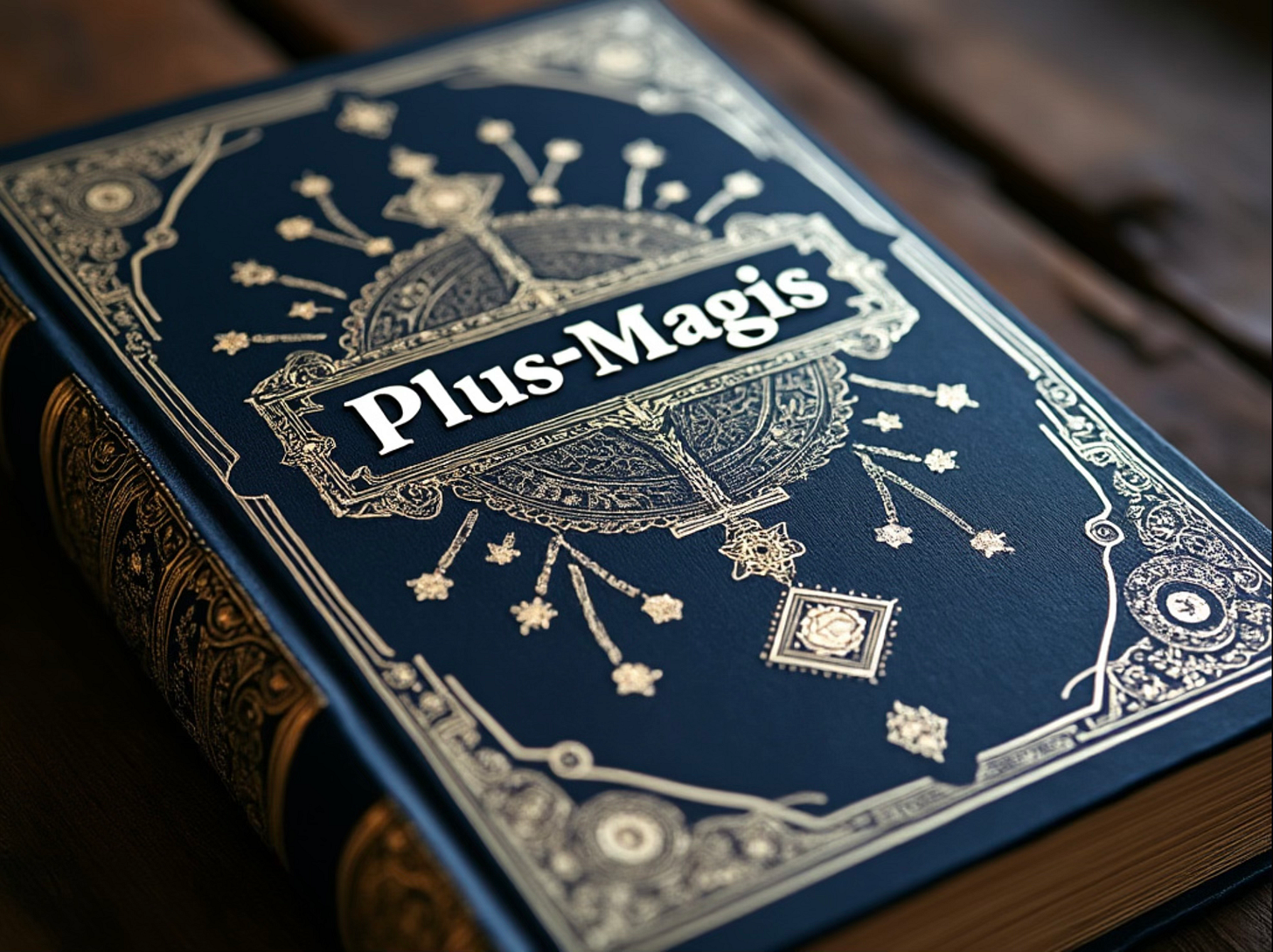From Latin to the Romance languages, even simple words like “more” have evolved in unexpected ways, shaping how people express things. Derived from Latin grammar, the terms plus and magis survived as markers for making both figurative and literal comparisons in the Romance languages. At the core of comparisons lies the concept of “more” or “greater,” but it’s slightly more granular. In Latin, plus is an adjective that conveys "more in amount" and is tied to quantity, while magis is an adverb that conveys "more in degree" and relates to intensity or comparison.
Due to grammatical economy and semantic drift, these terms also evolved to express contrast and negation, implying terms such as “but”, “however” and even “never”. While these terms came to be associated with contrast or negation, it's essential to note that the conjunction “but” did not directly derive from plus or magis. Rather, the semantic shift allowed these terms to influence the syntax and contrasting structures of modern Romance languages without “but” being supplanted.
The way in which “more” became its opposite can seem slightly confusing. In Latin, "non plus" literally meant "not more" or "no more", while “nihil plus” meant “nothing more”. These were often used in a context where something came to an end or was no longer available, but also to oppose what came before in the sentence.
In modern Romance languages, these combinations became “ne/plus” in French, “non/più” in Italian, “no/más” in Spanish and “não/mais” in Portuguese. This transformation highlights the flexibility and adaptability of language over time, showing how comparitive terms influenced the structure and nuance of modern Romance languages.
The following are prime examples of both terms:
Magis
More:
Spanish: más
Portuguese: mais
But/Contrast:
French: mais (but, although)
Italian: ma (but)
Spanish: mas (but, rather)
Portuguese: mas (but)
Negation:
Italian: mai (never)
Plus
More:
French: plus
Italian: più
Notes:



